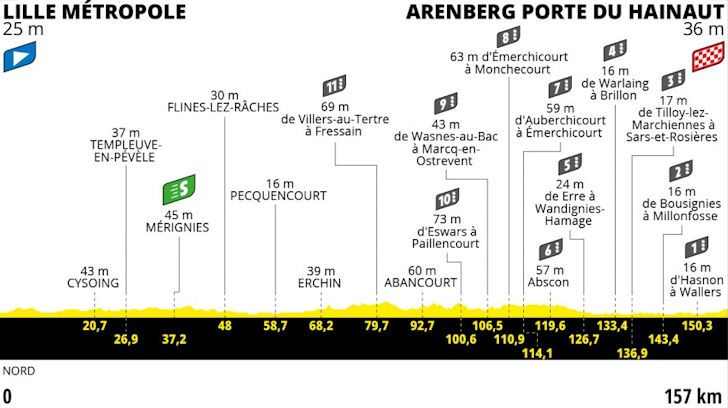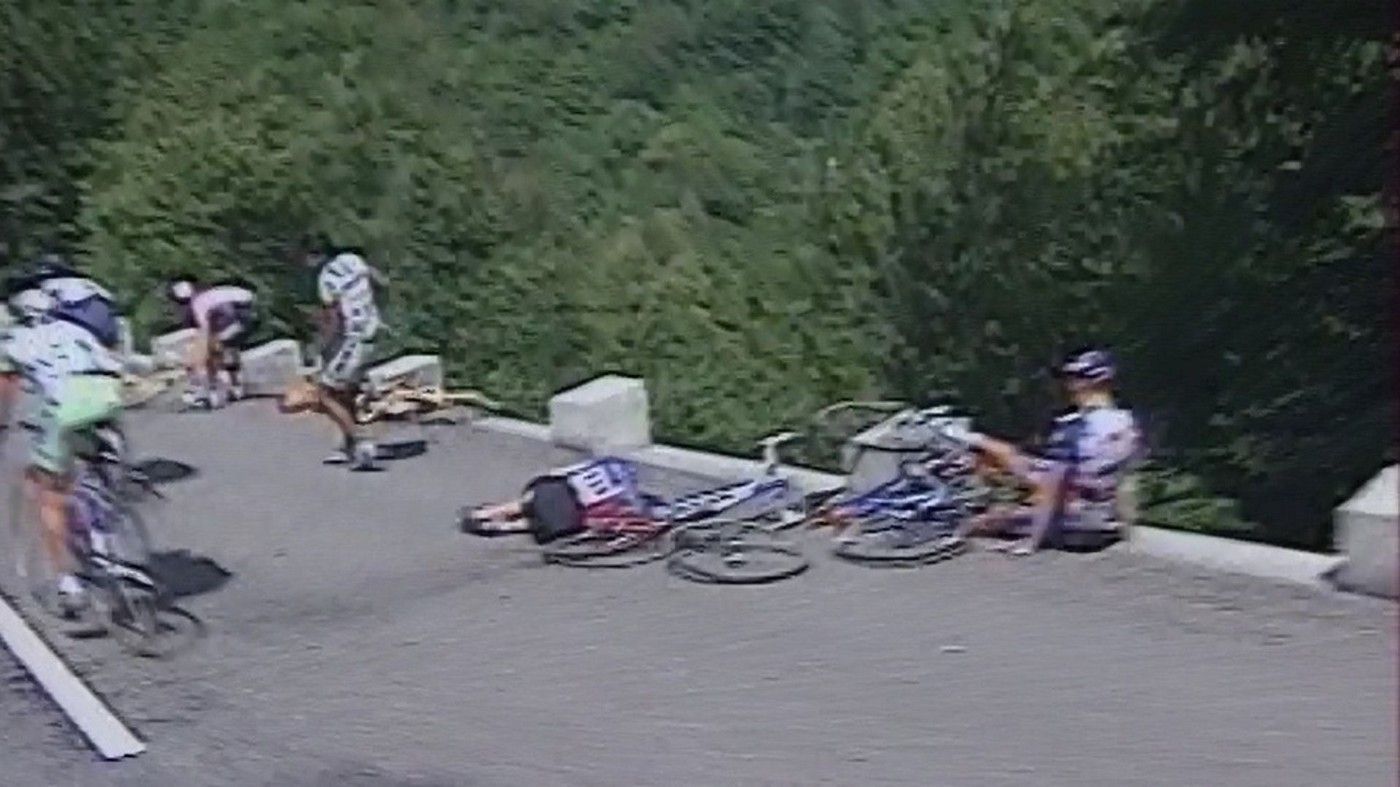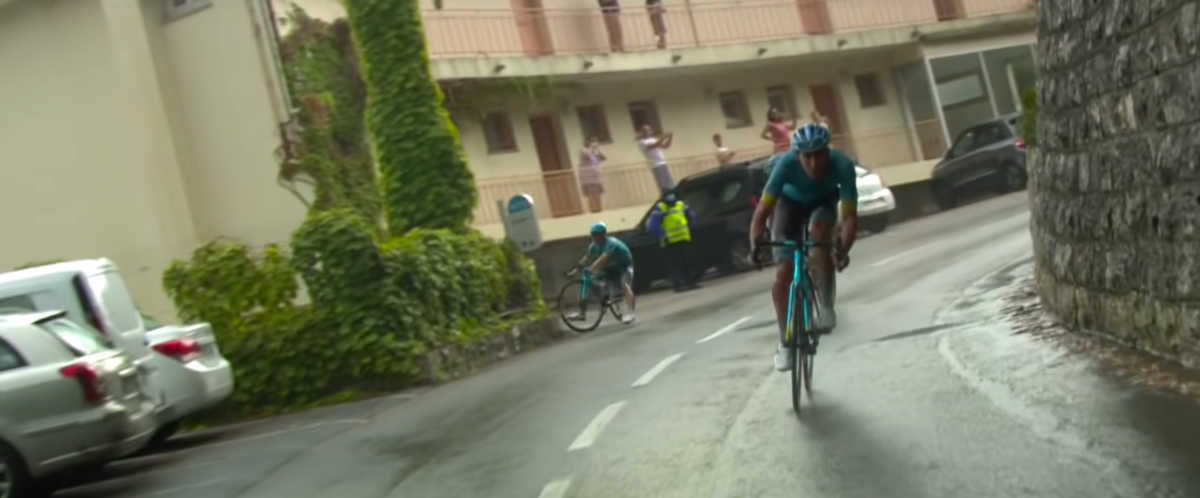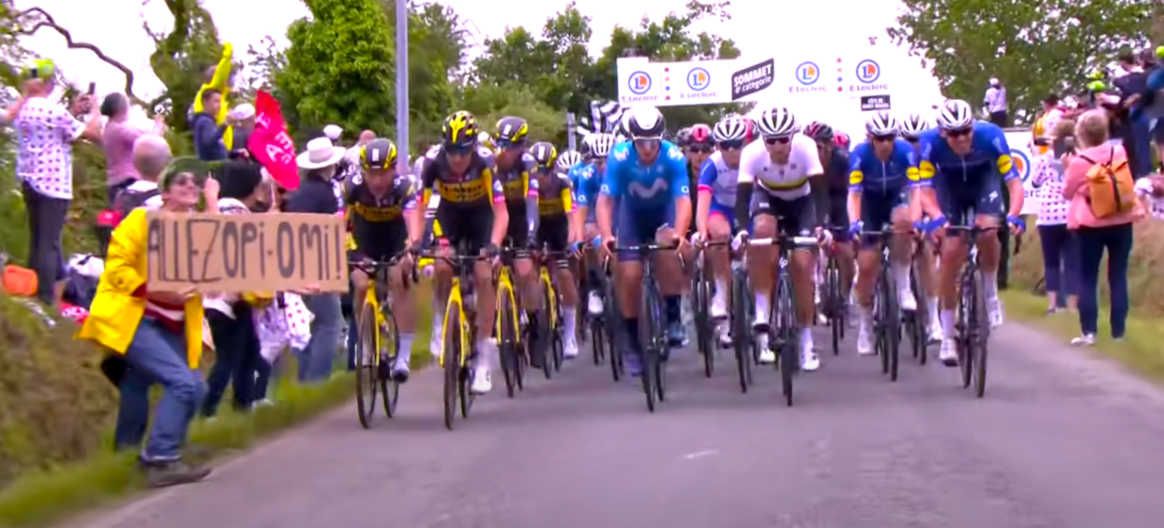Professional cycling is a challenging and demanding sport that exposes athletes to a variety of risks, both physical and mental, particularly when pro cyclists are competing in large group races such as the Tour de France.
The most obvious physical risks include the potential for crashes and accidents, but pro cyclists also endure grueling physical exertion over the course of a race, which takes a significant toll on their bodies and increase their risk of illness or injury.
Among the risk factors that pro cyclists are exposed to, there're:
- the risks associated with road conditions or designs,
- the risks due to "traffic" accidents,
- the mechanical issues with the bike, and
- the adverse weather conditions.
In the rest of this article, we give you an illustrated 360 review of the risks that pro cyclists are exposed to.
risks due to the conditions or design of roads
Road conditions and designs impact significantly the safety and performance of pro cyclists. Some of the most challenging road conditions for pro cyclists include cobbled roads, steep grades, narrow roads, and sharp turns.
Cobbled roads, which are made up of small, uneven stones, are difficult to navigate and increase the risk of accidents and injuries.
- Steep grades, both uphill and downhill, are also challenging for professional cyclists, as they require increased physical exertion and mental concentration.
- Narrow roads and sharp turns also pose risks for professional cyclists, as they make it difficult to maintain control of the bike and avoid collisions.
Cobbled roads. Pro cyclists competing on cobbled roads are challenged by the nature of the surface. Cobbled roads are made up of small, uneven stones that make it difficult for cyclists to maintain balance and to control bikes. The rough surface of cobbled roads cause physical fatigue due to the vibrations and jarring movements, mental fatigue as cyclists must remain focused and maintain their concentration despite the difficult conditions, but also an increase risk of accident.
Indeed, cobbled roads are more slippery than other types of road surfaces ; cyclists are also more likely to slip on these roads. To minimise that risk, pro cyclists use special tires or bikes designed, and they also adjust their speed and riding to suit the conditions.

Steep grades, racing up and down. When racing down roads with very steep grades, pro cyclists are challenged to maintain their balance and control their bikes. But they're also challenged by the speed increase at which they travel.
They may lose control of their bikes and run off the road, thereby resulting in serious injuries or worse. Racing down steep roads is also mentally challenging, because riders must remain focused and maintain their concentration despite the difficult conditions. To minimise their risk, cyclists take special precautions by reducing their speed or by adjusting their riding style.
When racing up steep roads such as the roads of l'Alpe d'Huez (10.7% at the steepest kilometer), professional cyclists face increased physical exertion and mental challenges. To minimise their risk, cyclists lower their gears to reduce the strain on their legs and must also adapt their speed and riding style.

Narrow roads. These roads make it difficult for pro cyclists to maintain their formation and to keep a safe distance from each other. They increase the likelihood of collisions and pile-ups. Additionally, narrow roads often have no shoulder or other safe areas for cyclists to move into if they encounter an obstacle or need to avoid a crash. To reduce risks, cyclists may use hand signals to communicate with each other, adjust their speed, or temporarily modify their riding style.
Sharp turns. Along with the reduced visibility that makes it harder to anticipate obstacles or hazards in the road, cyclists engaging in sharp turns must maintain their balance and control their bikes. This often requires to brake and change direction quickly, which increases the likelihood of skidding or to lose control of the bike. To deal with the risks inherent to sharp turns, pro cyclists approach sharp turns with more precaution by slowing down or by using hand signals to communicate with each other.

the risks associated with "traffic" accidents
When competing in races such as the Tour de France, pro cyclists face a variety of risks including "traffic" accidents. This type of accidents is linked to spectators, team cars, or other professional cyclists.
To protect themselves and minimise their risk of injury, professional cyclists must be constantly aware of their surroundings and take appropriate precautions.
As an example, during stage 1 of the Tour de France TDF2020, a spectator caused the entire peloton to crash.

In another instance, a pro cyclist named Jack Bauer of BikeExchange–Jayco was involved in an accident when he slammed into the rear of a team car during stage 16 of the Tour de France in 2021 (video on EuroSport).
Additionally, there have been cases of pro cyclists crashing into each other, such as during the 5th stage of the women's competition in the Tour de France 2022, when 40 cyclists fell in a massive crash.
the mechanical risks
Pro cyclists are exposed to mechanical issues with their bikes, which has an impact on their performance and safety. Common mechanical risks for pro cyclists are flat tires, broken chains, and faulty brakes.
Several mechanical components on a professional cyclist's bike may fail like the tires, wheels, pedals, chain, and gears. These components are subject to a great deal of wear and tear, and if they are not properly maintained, they can fail during a race or training ride.
Flat tires result from a variety of factors, such as punctures from road debris or wear and tear on the tires.
Faulty brakes is, quite obviously, a serious issue too as they can make it difficult for a cyclist to stop or slow down in an emergency.
Broken chains may be due to an improper maintenance, for instance if it is not properly lubricated or tensioned. Debris, rocks, and potholes on the road also contribute to the risk of a chain being broken. A cyclist riding in a high gear and applying a lot of pressure to the pedals, may apply excessive strain on the chain, which may increases the likelihood of a chain breaking. And, in some cases, a broken chain may result from a manufacturing defect or a design flaw in the bike.
The brakes, handlebars, and seat are other potential sources of mechanical failure.
To prevent mechanical failures, professional cyclists and their teams typically perform regular maintenance and inspections on their bikes to ensure that they are in good working order.
the risks linked to the weather
Weather conditions also have an impact on pro cycling races; the impact depends on the location but rain, wind, heat, and even cold come into play.
Rain make roads slippery and difficult to ride on. For an example,. stage 19 of the Tour de France was stopped on Friday 26th of July 2019, when hail and dangerous weather conditions made the roads unrideable.
Wind creates crosswinds that make it difficult for cyclists to maintain their balance and control their bikes.
Extreme heat or cold is also dangerous for pro cyclists, because they can cause dehydration, heat stroke, or hypothermia.
As an example, stage 19 of the Tour de France was stopped on Friday 26th of July 2019, when hail and dangerous weather conditions made the roads unrideable.


